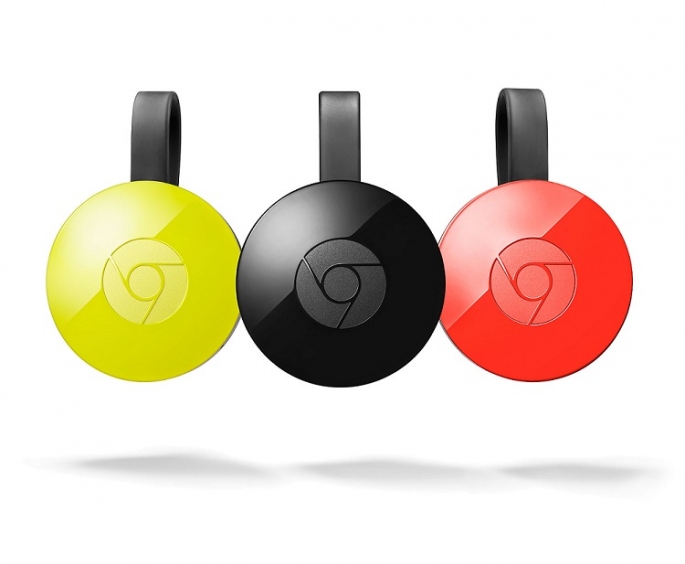Google is offering some new deals for its Chromecast media player, which will last from December 13 to Jan 2, 2016, and is just in time for the holiday shopping season. United States consumers who buy one Chromecast digital streamer for $35 will get $20 in Play Store credit, which basically slashes the price to $15 per dongle, and gets them started with movies, television shows, and music. The search giant is also offering the same deal for two Chromecasts discounted to $55 ($15 price cut).
United Kingdom holiday shoppers can also get a £20 ($30 USD) Play Store credit when purchasing one Chromecast unit, according to Techno Buffalo. The U.K. promotion will last until Jan. 15, 2016.
Free Play Store credit can be used for any digital products found at the e-commerce site, including a cornucopia of items such as films, TV shows, games, apps, books, magazines, and newspapers. That content can then be streamed via the brand new Chromecast media player to a high-definition TV.
The Chromecast's $35 price tag already makes it a great holiday gift, such as a stocking stuffer. While the $20 store credit is not technically a price cut, it adds value by providing a 36 percent price reduction of the streamer/content combo, and supplies free content.
Google's Chromecast streams from various content providers, including Netflix, HBO Now, YouTube, Spotify, and Pandora, according to CNET. The controller also allows users to send thousands of mobile apps and games from Apple and Android smartphones, tablets, and PCs, to TV sets.
Yet another big plus of Google's digital media player is its small size. This makes it easy to hide behind a television, or take it on vacations and business trips.
The new Chromecast also provides better streaming than the original version. That is due its compatibility with 5-gigahertz Wi-Fi networks.
However, as with any other products, Chromecast has a few key drawbacks. They include the lack of a dedicated remote control, and fewer-than-normal built-in applications.



























